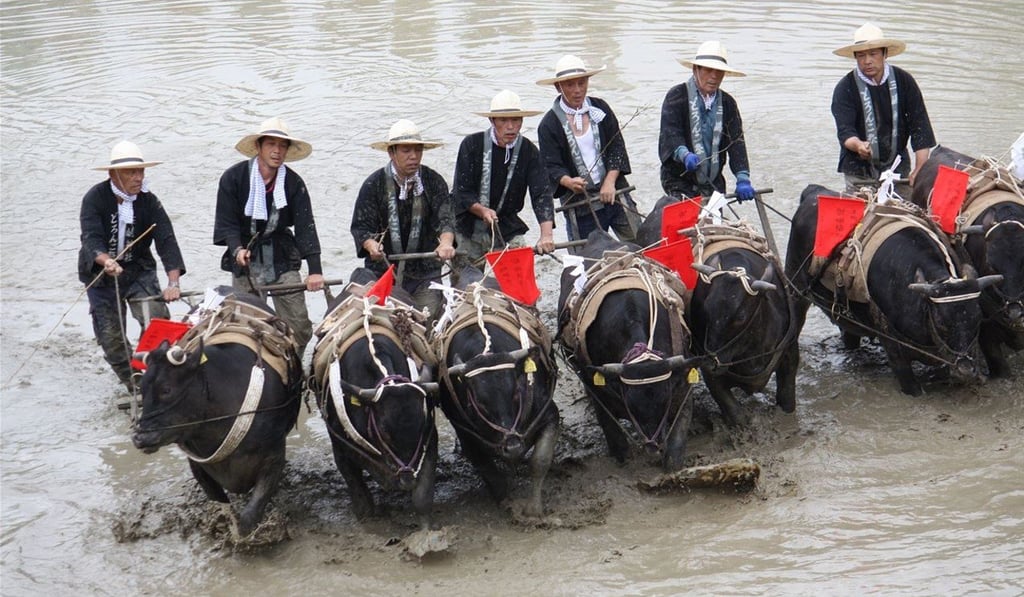In Japan’s dying countryside, ancient festivals struggle to live
Shrinking rural communities have put the future of many traditional celebrations in doubt

For generations, festivals whose origins have been lost in the mists of time have been the lifeblood of virtually all of Japan’s communities. In the depths of February, for example, men clad only in loincloths take part in Okayama’s Hadaka Matsuri, or “naked festival”, by pouring water over each other to celebrate prosperity and fertility.
Dancers turn the streets of Kochi into a riot of colour during the annual Yosakoi Festival in August. Demons in terrifying masks and clothing made of straw prowl Shinzan Shrine and the streets of Oga, Akita Prefecture, every February.

With rural Japan already in the grip of chronic depopulation, some communities have reluctantly decided to halt their forefathers’ traditions.
“We are not sure exactly when the festival started, but we think it was about 140 years ago,” said Miki Chiba, an official of the district office in Seiyo, Ehime Prefecture. “The residents of the town of Shirokawa were meant to have this year’s event on July 1, but they suspended it this year because there are just not enough people to take part.”